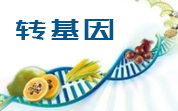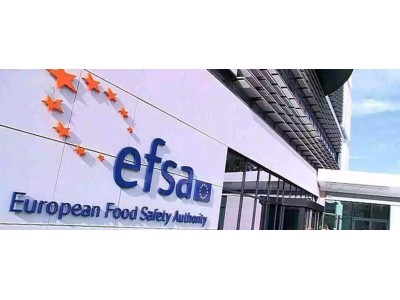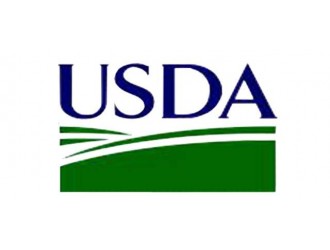原文报道�
Following a significant increase of human cases of Q fever in the Netherlands, the European Food Safety Authority (EFSA) has provided scientific advice on this animal disease which can also be transmitted to humans.[1] The opinion addresses the significance of Q fever in animals and humans, different risk factors involved in the occurrence and spread of the disease, and the effectiveness of possible control measures at the EU level.
EFSA��s advice states that infection withCoxiella burnetii, the bacterium which causes Q fever, is widespread in cattle, sheep, and goats in the EU. Several factors can affect the spread of the infection between these animals, but the overall impact on their health is limited as they rarely develop the disease itself. The opinion suggests that a combination of measures could be used to control Q fever in the long-term and short-term, with preventive vaccination of animals considered to be the most effective long-term option.
The available information indicates that Q fever also has a limited impact on public health, although it can be significant for some risk groups.[2] Humans generally become infected through air-borne transmission of the bacterium. There is no evidence that people can become ill by consuming contaminated milk or meat.
The Chair of EFSA��s expert Panel on Animal Health and Welfare, Philippe Vannier, said: ��Co-operation across animal and public health disciplines is key in addressing the risks and challenges posed by a disease such as Q fever. EFSA has therefore worked in close collaboration with the European Centre for Disease Prevention and Control to provide decision-makers with integrated European-level advice on Q fever covering both human and animal health, as well as the transmission of the disease from animals to humans.
��We need early exchange of information between veterinarians and human health practitioners to better identify the origin of outbreaks in humans and to implement preventive measures when possible. Importantly, we need to all speak the same language and record data in the same way. Harmonisation of data collection is critical in order to define a more accurate picture of the situation in Europe and how it is evolving over time.��
EFSA��s opinion states that infection withCoxiella burnetii, the bacterium which causes Q fever, is widespread in cattle, sheep, and goats in the EU. Infection withCoxiella burnetiican be present in a wide range of different farming systems, but the overall impact on the health of animals is limited as they rarely develop the disease itself. When it occurs, notably in sheep and goats, it may cause reproductive disorders, including abortion.
A number of factors �C including proximity to sheep and goats (especially when giving birth) and dry, windy weather �C can affect the risk of human infection. However, there is considerable uncertainty about the relative importance of these risk factors, and it is likely that there is often more than one factor involved. No clear link was demonstrated between the spillover of infection from farms to humans and either the size of the farms involved or the virulence of different strains of infection.
The opinion identified a number of measures which could be used to controlCoxiella burnetiiinfection in sheep and goats, but stressed that a combination of measures may be needed to deal with both farm-based and environmental routes of infection. Vaccination could be considered as a long-term control option, as it may not be effective in the short term. Some options, including the culling of pregnant animals, were not considered suitable for long-term control but may have a role in the face of an outbreak. Antibiotic treatment of infected animals was not recommended.
The EFSA opinion included a number of recommendations, including the harmonisation of data collection on Q fever in animals so as to enable comparisons over time and between countries. It also stressed the importance of the rapid identification and reporting of Q fever cases in animals, as well as the early exchange of information between veterinarians and public health practitioners.
EFSA has also published today a separate report which includes proposals for the development of a harmonised monitoring and reporting scheme for Q fever in animals in the EU Member States and which was referred to extensively in the EFSA opinion. The report was funded by EFSA, in line with Article 36 of its founding regulation, and was prepared by a consortium of scientific institutions from different Member States, led by the FrenchAgence Fran?aise de S��curit�� Sanitaire des Aliments(AFSSA).
- Scientific Opinion on Q fever
- Development of harmonised schemes for the monitoring and reporting of Q-fever in animals in the European Union










 地区9�/font>
地区9�/font>

 欧盟评估转基因玉米MO
欧盟评估转基因玉米MO
 欧盟评估一种麦芽糖淀
欧盟评估一种麦芽糖淀 美国拟撤销若干肉类叉�/a>
美国拟撤销若干肉类叉�/a> 鲁公网安� 37060202000128叶�/a>
鲁公网安� 37060202000128叶�/a>



